
Redditors have found a way to “jailbreak” ChatGPT in a manner that forces the popular chatbot to violate its own programming restrictions, albeit with sporadic results.
[via]
A film assembling music produced by mushrooms. Text from GPT3 and images from Stable Diffusion. By Eryk Salvaggio. Read more about it here.
Designer and engineer Arvind Sanjeev created Ghostwriter, a one-of-a-kind repurposed Brother typewriter that uses AI to chat with a person typing on the keyboard. The “ghost” inside the machine comes from OpenAI’s GPT-3, a large language model that powers ChatGPT. The effect resembles a phantom conversing through the machine.
[via]
I took apart my old typewriter and powered it using @OpenAI GPT-3.
Meet: Ghostwriter, an #AI creative writing companion that lets you co-write stories on paper with #ArtificialIntelligence + . pic.twitter.com/t8rP9AW51q
— Arvind Sanjeev (@ArvindSanjeev) December 1, 2022
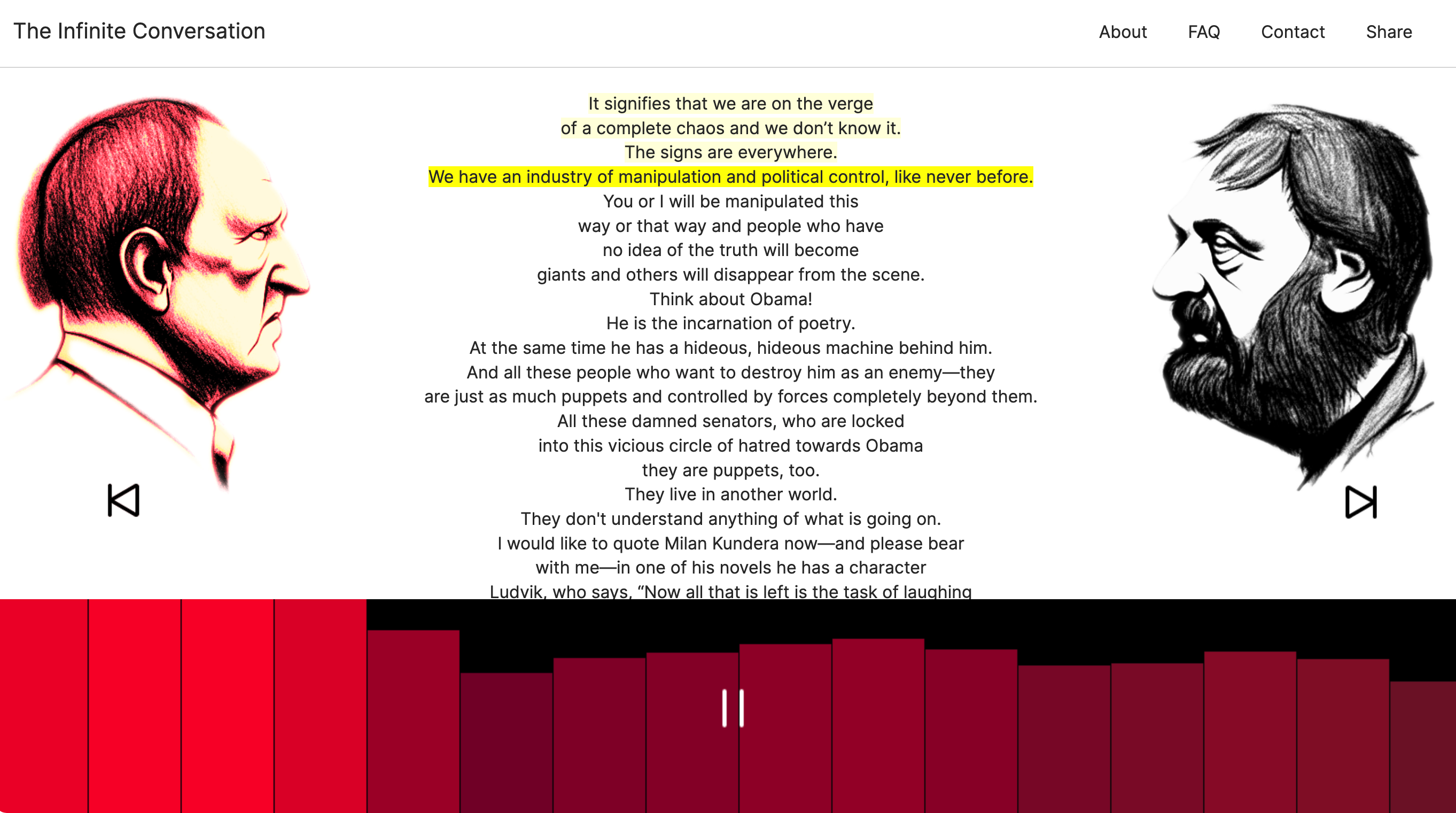
“An AI generated, never-ending discussion between Werner Herzog and Slavoj Žižek. Everything you hear is fully generated by a machine. The opinions and beliefs expressed do not represent anyone. They are the hallucinations of a slab of silicon.”
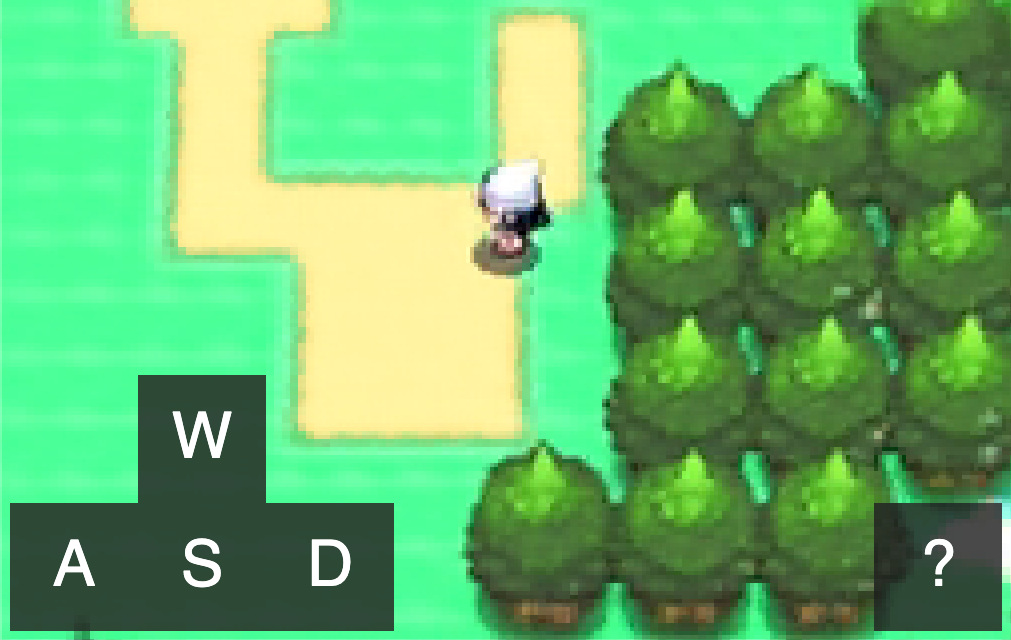
Ollin Boer Bohan made an interesting experiment involving videogames and AI:
“I made a playable Pokémon overworld. It looks (mostly) like a normal video game, and you can try it in your web browser here. Although this looks like a video game, I did not write any game code. This program is actually a neural network mimicking a video game.”
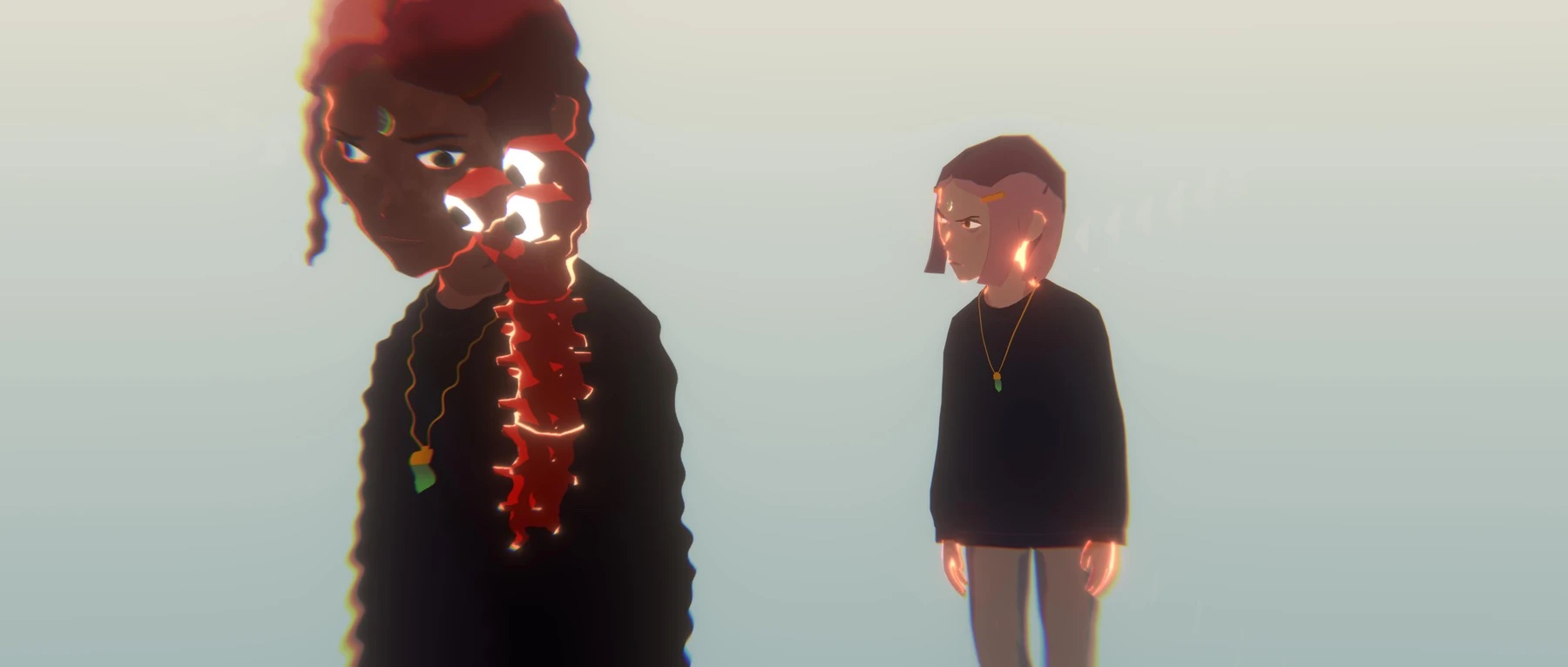
Artist Ian Cheng looks at the way that the work of psychiatrist Eric Berne changed the way that he thought about human personality when it came to creating the AI simulations that people his work. On Elephant:
“Obviously we take different paths, but Berne believed that everyone lives out a fairytale as a template script that they’ve cast themselves into with the help of their parents. Most people aren’t satisfied with the script that they’re unconsciously barreling down. It might be a mismatch: maybe your parents had old fashioned values; maybe the culture you grew up in radically shifted in your teens, which alters the relevance of your life script.”

“Spawning is building tools for artists ownership of their training data, allowing them to opt into or opt out of the training of large AI models, set permissions on how their style and likeness is used, and offer their own models to the public”.
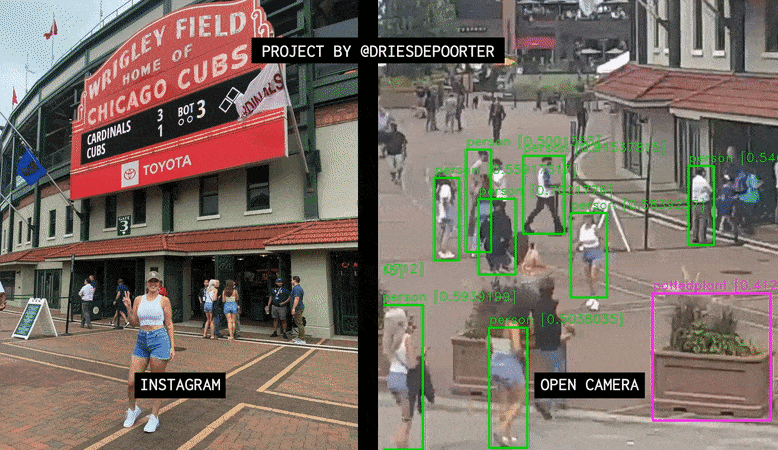
Dries Depoorter‘s “The Follower” project combines AI, open access cameras, and influencers to show behind the scenes of viral shots—without them knowing.
[via]
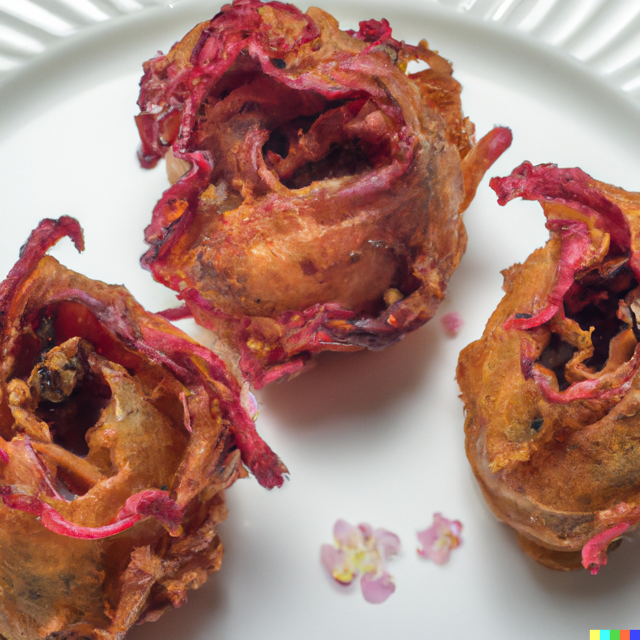
W. David Marx and Roni Xu used DALL-e to generate imagery of the absurd cuisine from Filippo Tommaso Marinetti’s 1932 tome The Futurist Cookbook. The results are fascinating.
In this video Philip Dyer compares three AI image generators: Dall.E Mini, Midjourney and Dall.E 2.
I recently got an invitation to test the MidJourney beta, which is an amazing new AI app that generates images from text inputs. I’ve been playing with it for a while but I also spent hours just watching other people using it in a dedicated Discord server. It was a very funny and interesting experience and I got some amazing visual results, especially when I came up with the idea of feeding the algorithm a literary input instead of a merely descriptive sentence. Here are some images the app produced me based on some famous books incipits.
imagine/ The sky above the port was the color of television, tuned to a dead channel. – William Gibson, Neuromancer, 1984

imagine/ It was a bright cold day in April, and the clocks were striking thirteen. — George Orwell, 1984, 1949

imagine/ “Psychics can see the color of time it’s blue. – Ronald Sukenick, Blown Away, 1986

imagine/ Once upon a time , there was a woman who discovered she had turned into the wrong person. – Anne Tyler, Back When We Were Grownups, 2001


Holly Herndon and Mat Dryhurst experimented with the new OpenAI DALL·E 2 software and they wrote a very interesting report about it. Check it here.
YouTuber Lucas Rizzotto fitted his microwave with voice-controlled AI in order to resurrect his childhood imaginary friend “Magnetron”. But at some point things got scary…
“Artificial intelligence company OpenAI has released its latest creation, called DALL-E2 — a genuinely impressive demonstration of the power of generative adversarial networks. The system can turn simple text descriptions into photorealistic images. While that may sound like a simple task, it’s deceptively difficult for a machine learning algorithm to pick up on the cues of natural language, nevermind produce the crisp, evocative images that OpenAI is showing off.”
[via]

“Apple’s newest smartphone models use machine learning to make every image look professionally taken. That doesn’t mean the photos are good.”
[via]

This article contains an interesting timeline of recent AI art applications, from 2015 to 2022:
“The AI art we had before 2021 was intriguing, but tended to be abstract, esoteric, and just not that relatable to a human. The AI art we have now is fully controllable, and can be about whatever you want it to be. What changed? Well, there’s something to be said for the new wave of publicity and interest, which certainly accelerated the pace of our art-generation techniques. But the main development is the rise of multimodal learning.”
Another good read on the same topic is Clip Art and the New Aesthetics of AI by Luba Elliott, which also mentions this amazing work by Memo Atken.

“Can a work entirely created by a machine be protected by copyright?”
“Entirely” seems quite a big word to me.
[via]

“Continuing a trend that has been controversial among filmmakers, a new Andy Warhol documentary series, coming to Netflix next month, will resurrect the Pop artist using artificial intelligence. In the show, Warhol can be heard reading from his diaries. That voice, however, is not the artist’s own but rather the product of AI made to sound like him.”
[via]

“OpenAI’s top researcher has made a startling claim this week: that artificial intelligence may already be gaining consciousness.”
Alexa: define consciousness.

Babylonian Vision is a great project by Nora Al-Badri. How to use deepfake in an inventive and surprising way.
[via]
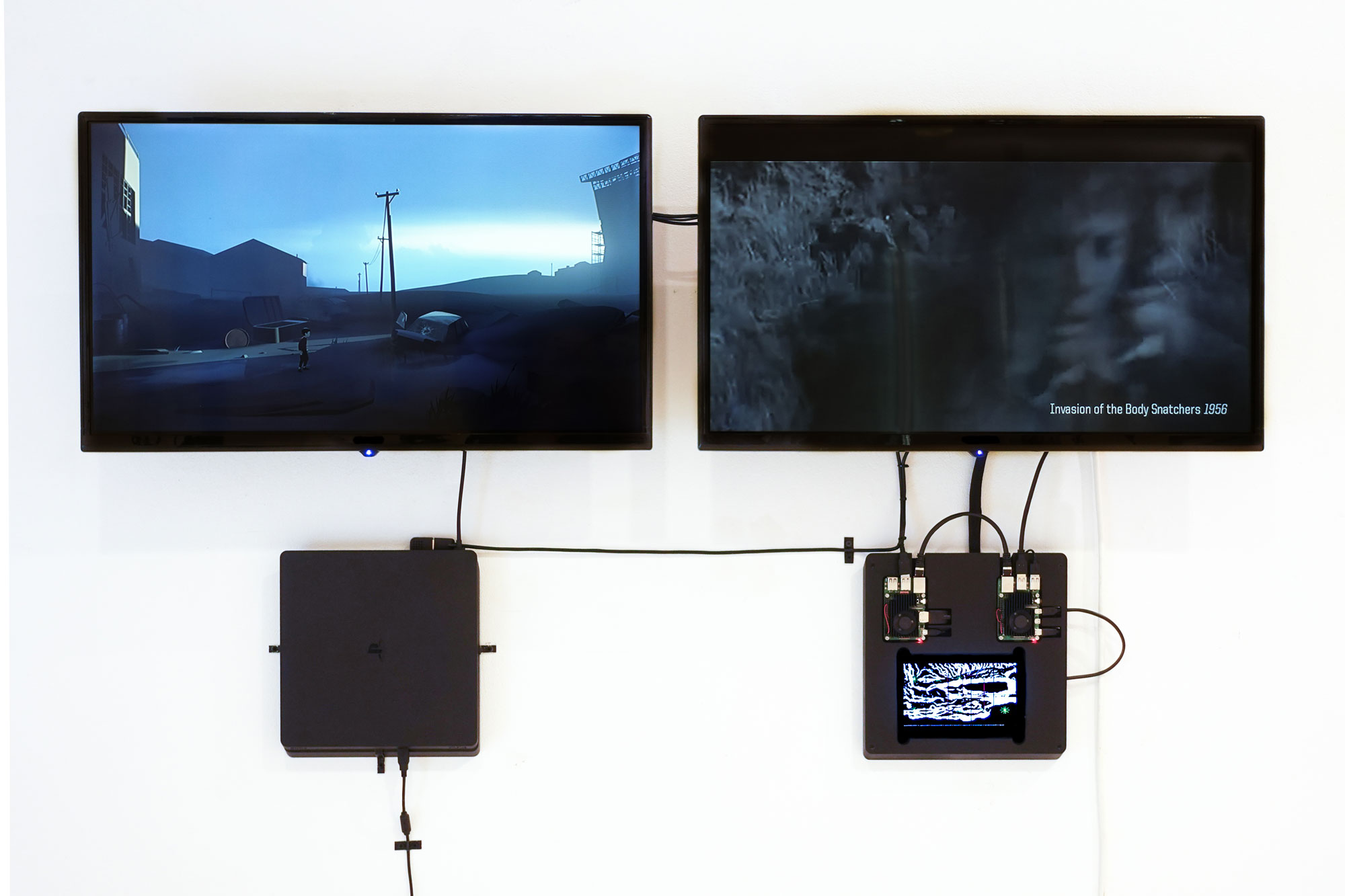
“Created by Douglas Edric Stanley, Inside Inside is an interactive installation remixing video games and cinema. In between, a neural network creates associations from its artificial understanding of the two, generating a film in real-time from gameplay using images from the history of cinema.”
[via]